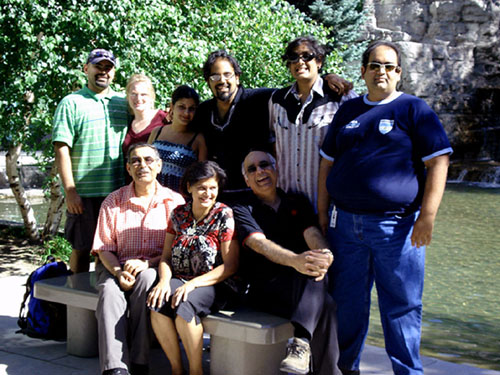India's ministry of overseas Indian affairs (MOIA), with support from the West Bengal government and the ministry of shipping, unveiled a memorial monument on January 11, dedicated to the people who were sent as indentured labour to various countries around the world, during the British colonial period in India.
The memorial is being unveiled at Kolkata port, from where thousands of men and women set sail for various destinations around the world to work as indentured labour at British plantations.
During the indenture period in the colony of Trinidad (1845-1917) more than 100,000 citizens of India were sent to work on the island's sugar plantations following the end of slavery. Indian indentureship to the West Indies started in what was at the time British Guiana.
Large Indian communities settled in both British colonies and the Dutch colony of Suriname, maintaining their religions and culture. Smaller numbers of Indians went to other British West Indian colonies where they were assimilated.
The Global Indo Diaspora Heritage Society (GIDHS), which was set up to establish the memorial at a location in Kolkata, has maintained emotional and physical connection for the descendants of the indentured workers.
GIDHS plans to establish a museum and resource centre of emigration records, writings, films and other memorabilia from the colonial emigration period in the 19th and 20th centuries.
"Our long-term goal has been to establish the commemorative memorial in Kolkata followed by a museum and a resource centre that will connect the descendants of indentured workers with the history of their ancestors who left India from 1834 and 1920. This will be a lasting legacy to present and future generations of their descendants," Ashook Ramsaran, an US-based engineer told media.
Ramsaran, who is the executive vice-president of the Global Organisation of People of Indian Origin (GOPIO), was born in Guyana where his great-grandfather had gone to work as an indentured labourer in 1853.
The descendants of the Indians, who lived and worked in slave-like conditions in countries all over the world, have occupied the highest offices in their respected countries.
In Trinidad and Tobago, three people have reached the highest offices - the late Noor Hassanali, who was President for 10 years, Basdeo Panday who was Prime Minister from 1995 to 2001 and Kamla Persad-Bissessar, Trinidad and Tobago's first female head of government, who was elected to office on May 24, 2010.
Other PIO leaders at that level in the Caribbean include the late Dr Cheddi Jagan of Guyana and the current Guyanese President, Bharrat Jagdeo.




No comments:
Post a Comment